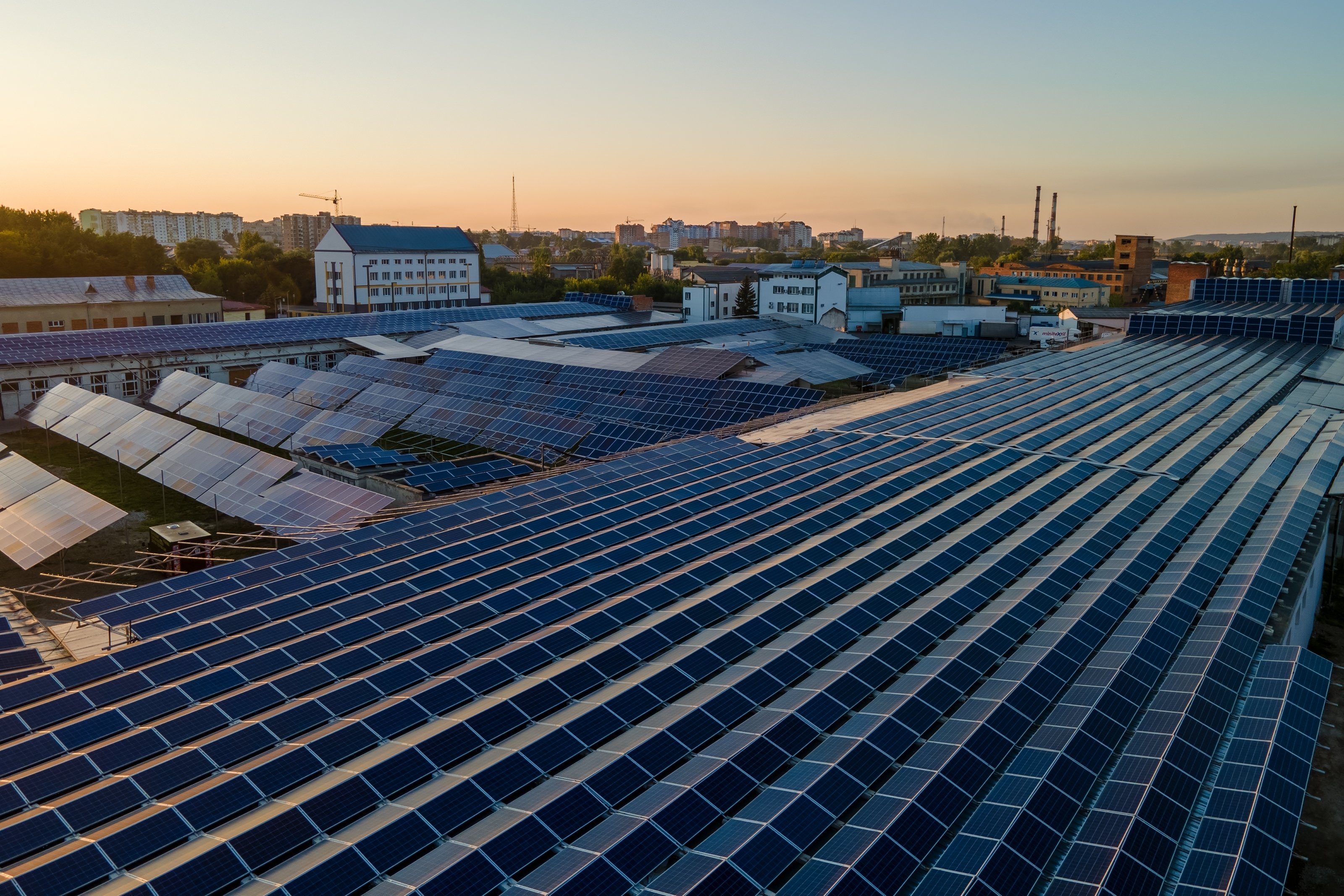OUR PRACTICES
Renewable Energy
Investigation, Assessment and Negotiation
BBJ Group's team, dedicated to renewable energy development, delivers unparalleled expertise in navigating the intricate landscape of local, state, and federal environmental permit requirements, alongside offering the thorough due diligence necessary for safeguarding the interests of both buyers and lessees. Our vast experience spans untouched lands and previously utilized sites, including innovative “brightfield” solar projects, all aimed at producing electricity on scales ranging from local communities to large utilities. We partner with developers in the solar and wind sectors to secure all essential permits and approvals regardless of their size.
Our work typically begins with a comprehensive Phase I Environmental Site Assessment (ESA) to examine the history of the land use and detect any hazardous substances or petroleum products; this is followed by detailed studies to identify wetlands, streams, and other water bodies; evaluations of cultural and historical sites; and assessments of ecological concerns, including threatened and endangered species. In cases with a risk of historical contamination, we proceed with Phase II ESAs to ascertain the contamination's scope and extent. Furthermore, we can carry out assessments mandated by the National Environmental Policy Act (NEPA) whenever federal investments are involved.
Leveraging our deep understanding of brownfield sites, we provide crucial support in negotiating purchase and lease contracts, ensuring new owners and lessees are shielded from previous environmental liabilities. Our capability extends to uncovering past contamination, steering through the application and investigation stages, brokering voluntary brownfield agreements, and even engineering solutions like designing solar arrays that navigate land use constraints, such as penetrating a landfill cap.
We have extensive expertise with various brownfield locations, including industrial and manufacturing sites, solid waste and construction debris landfills, coal ash storage areas, decommissioned coal-fired power stations, and restored coal mining operations. The lack of tree cover, uniform land slopes, and, in some cases, direct access to the power grid make these sites prime candidates for solar energy projects. Additionally, the Inflation Reduction Act of 2022 bolsters the development of such projects by offering enticing investment tax credits (ITCs).
At BBJ Group, we apply our expertise to assist owners and lessees in optimizing electricity generation, sidestepping environmental sensitivities, reducing the timeline for obtaining necessary permits, and enhancing the benefits from tax credits.




